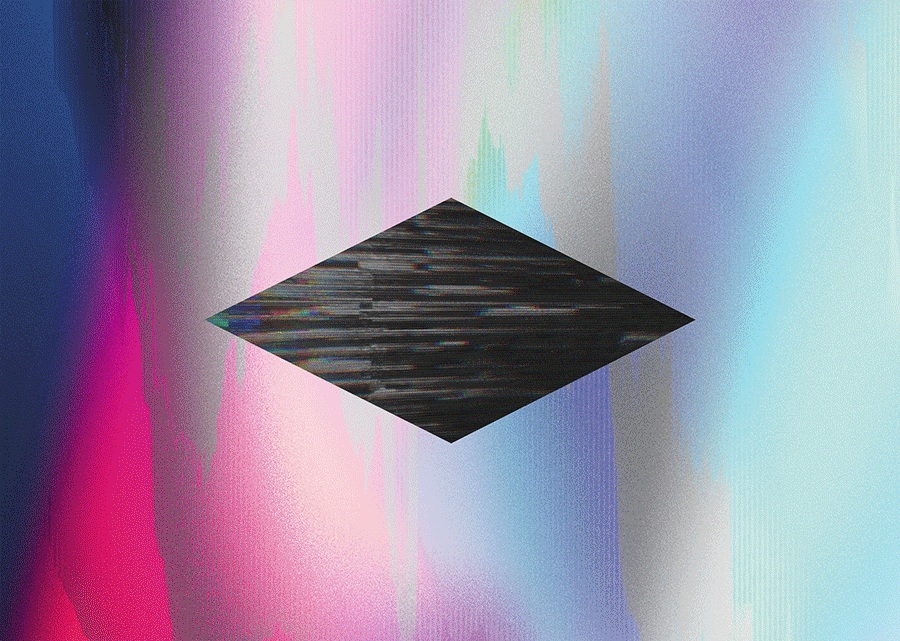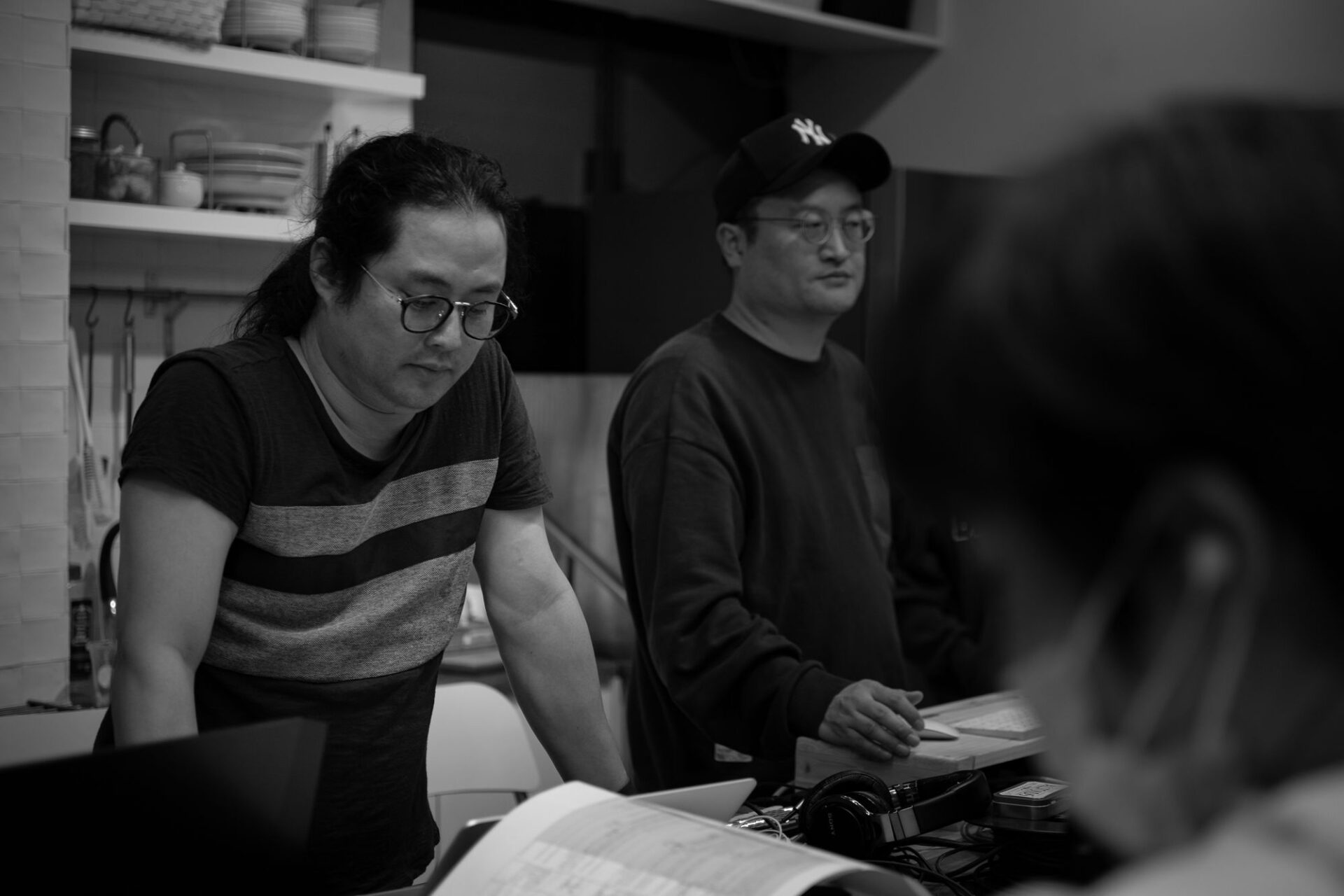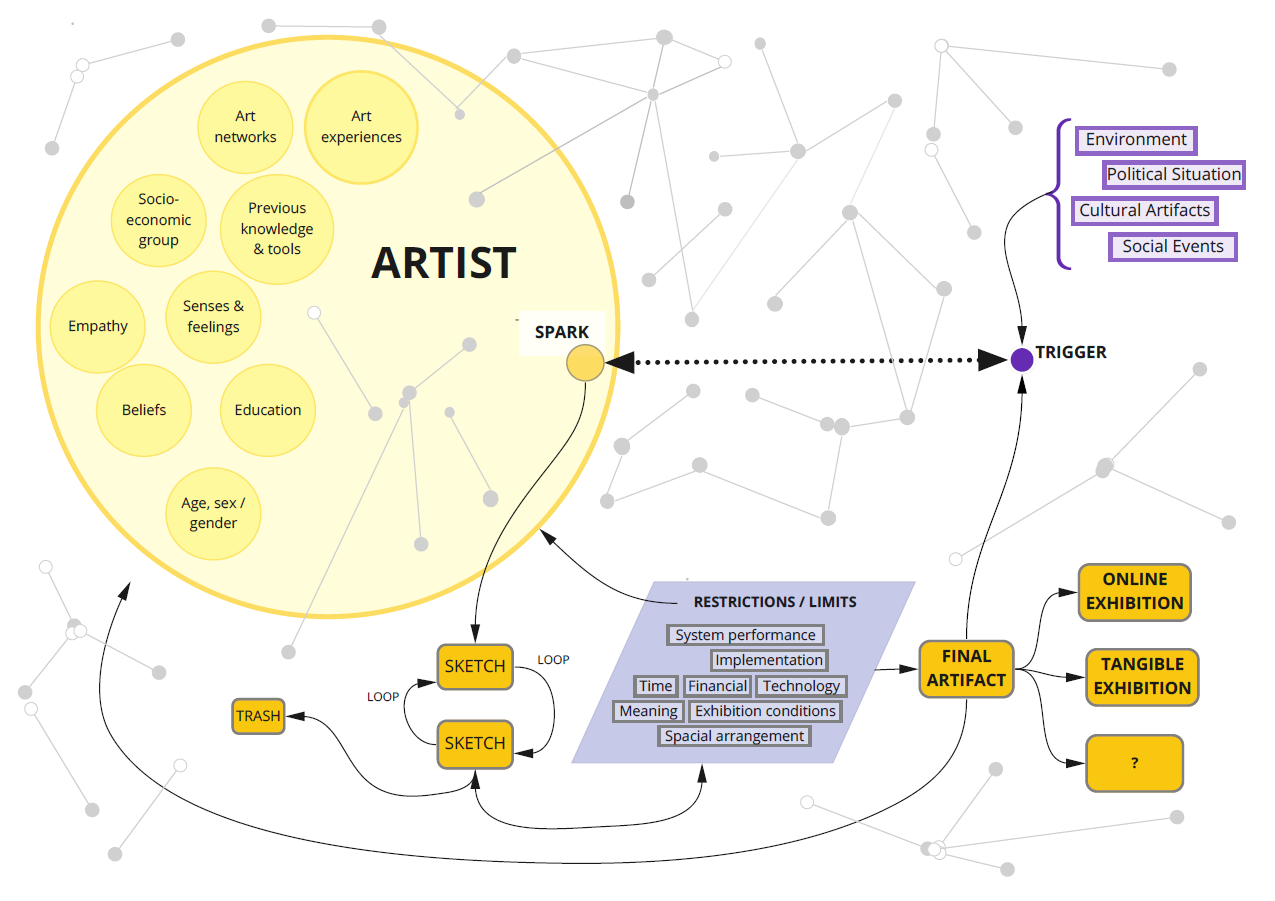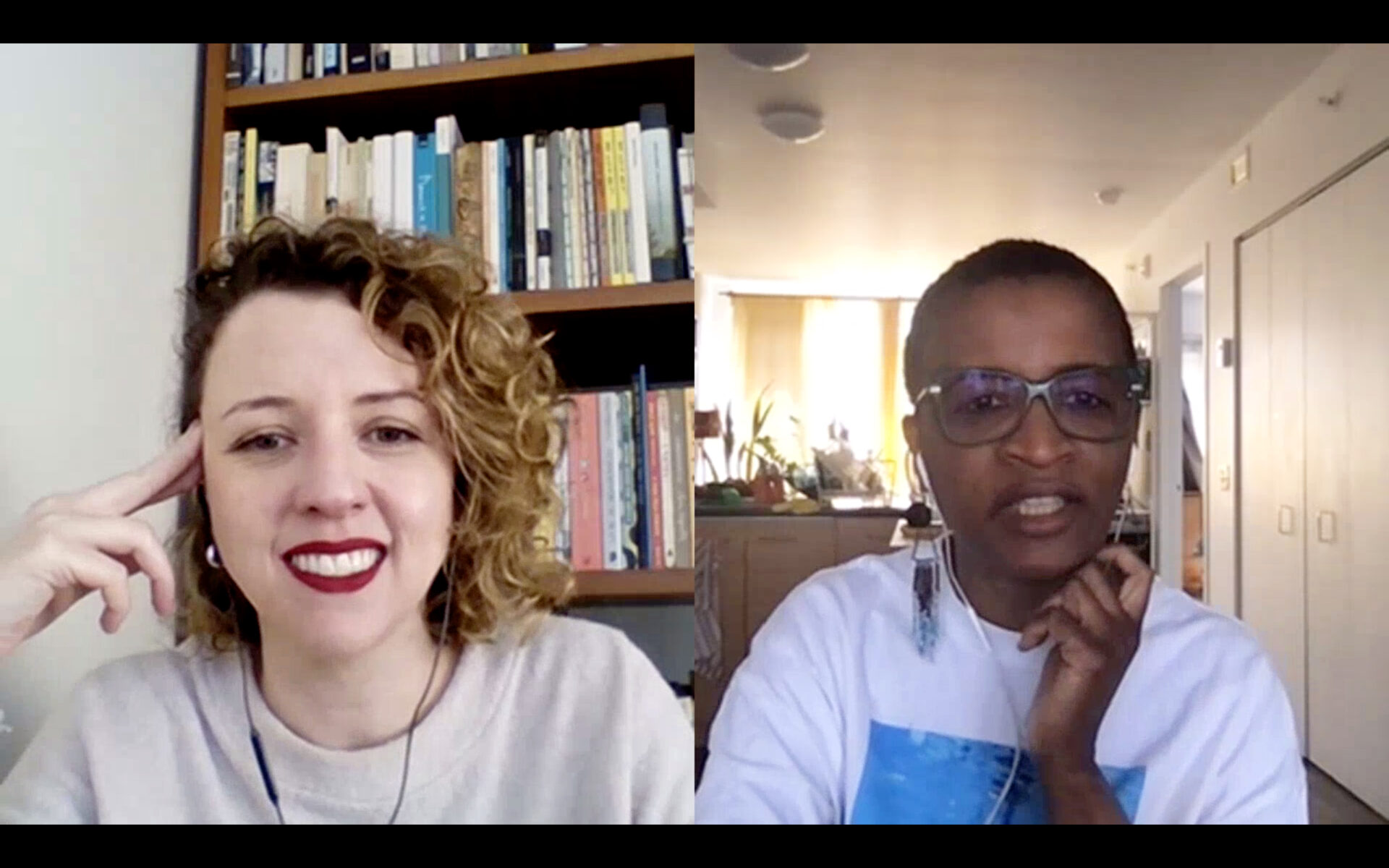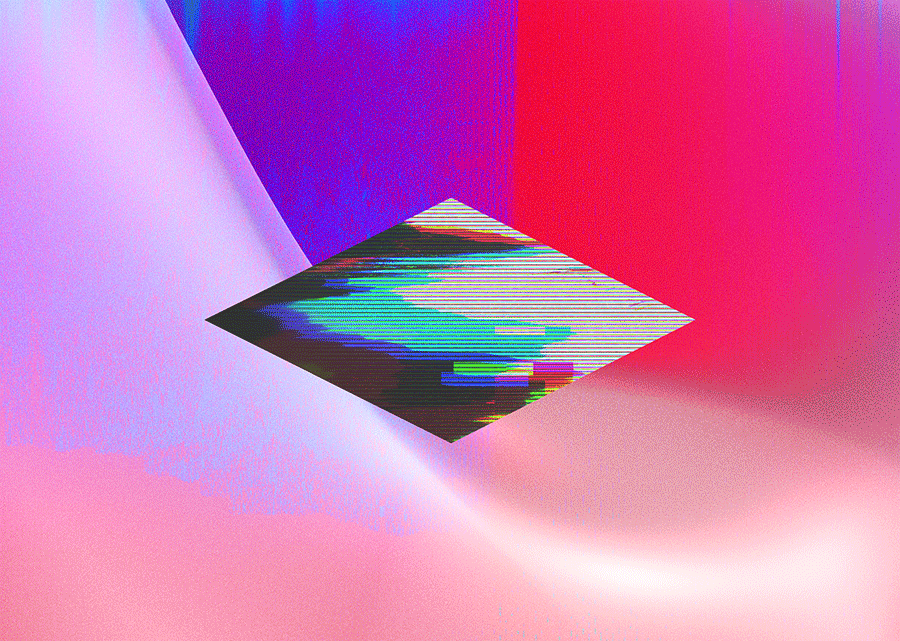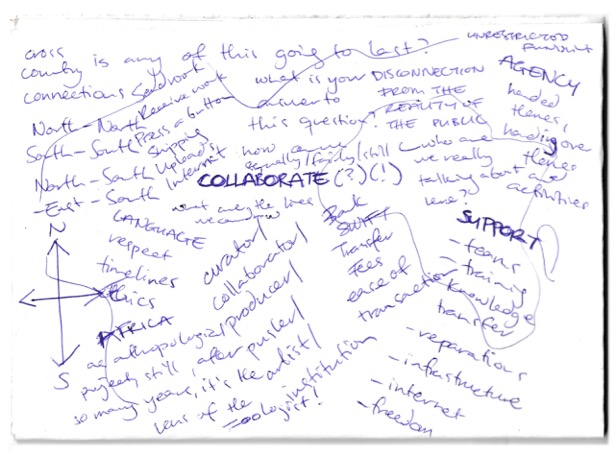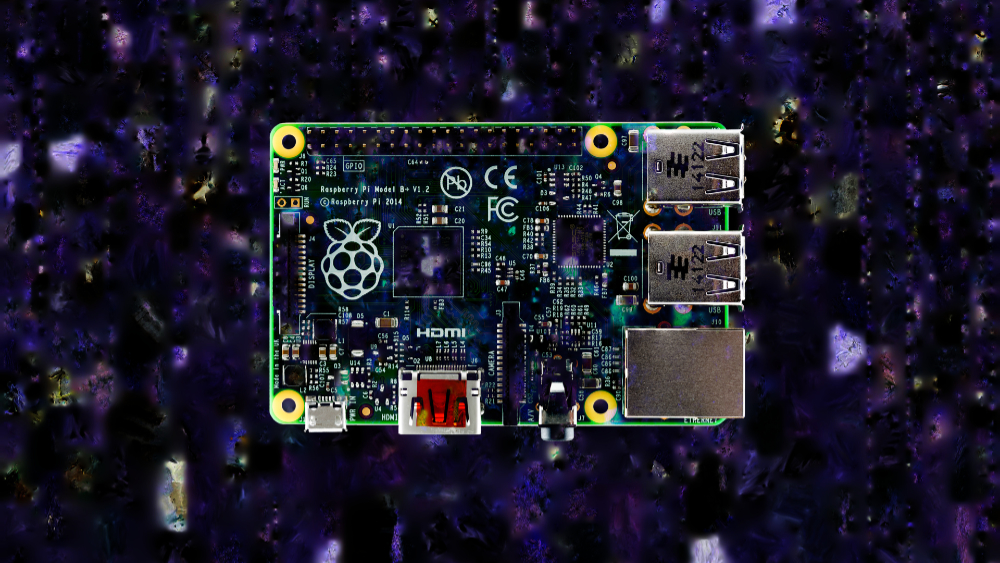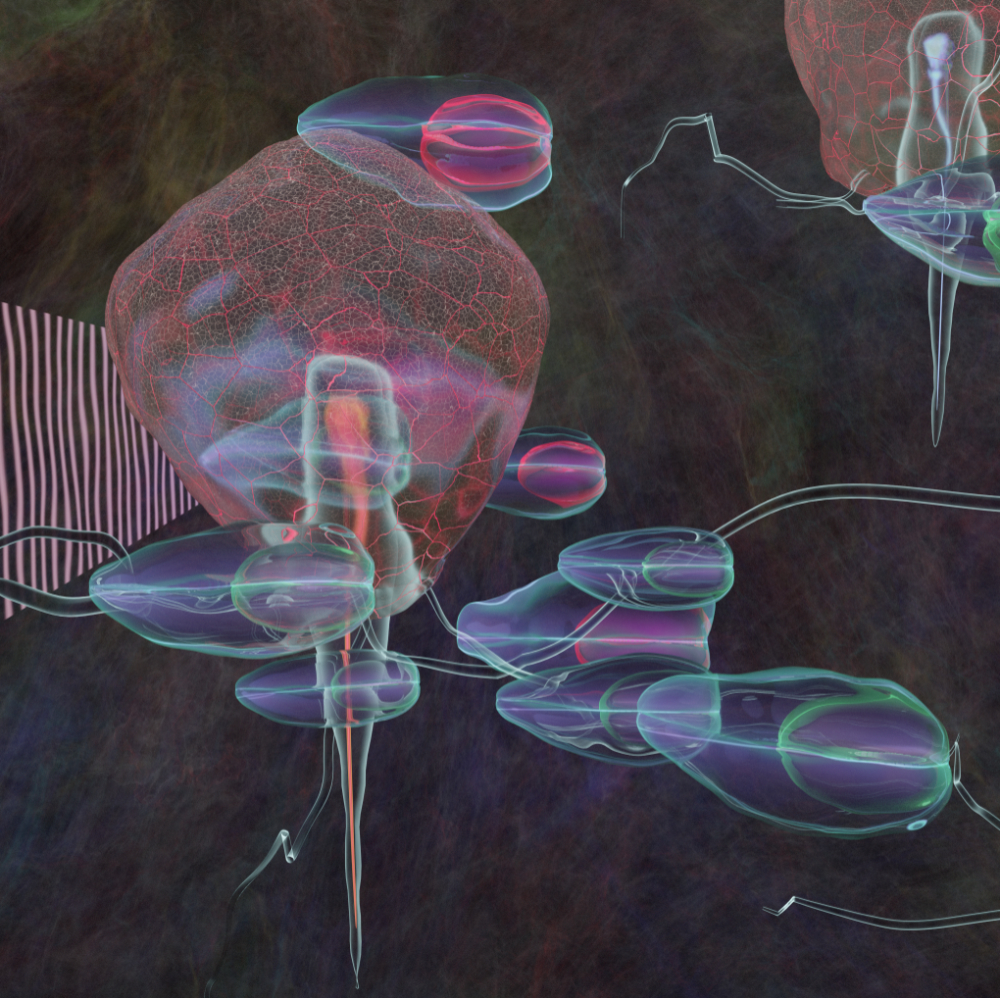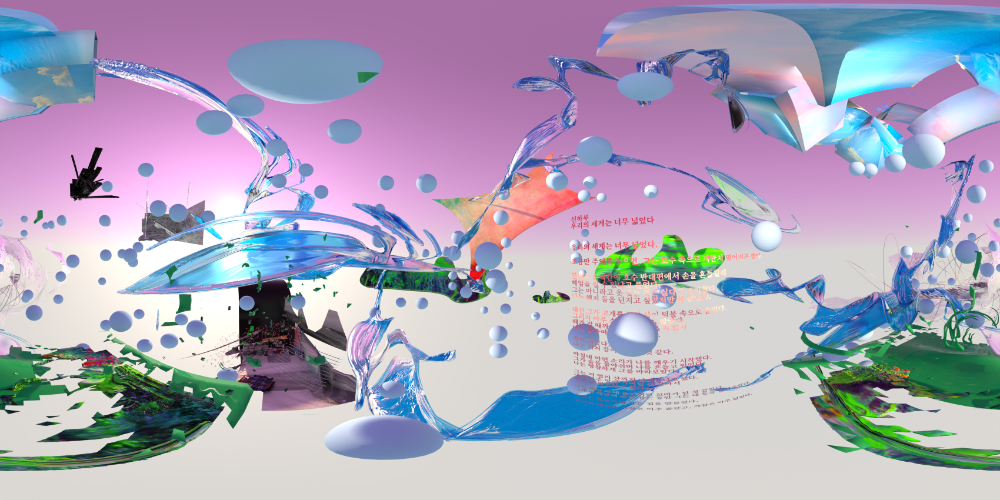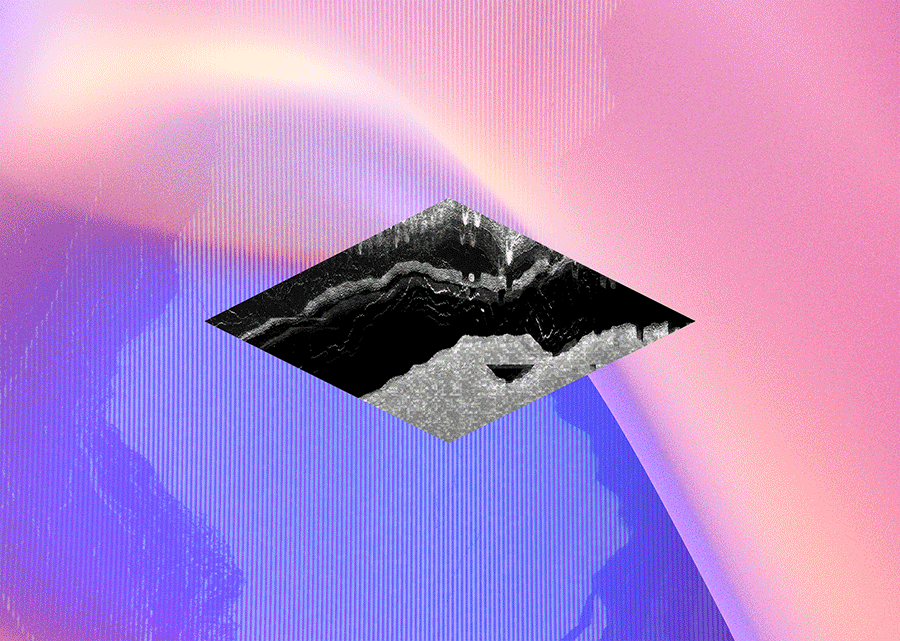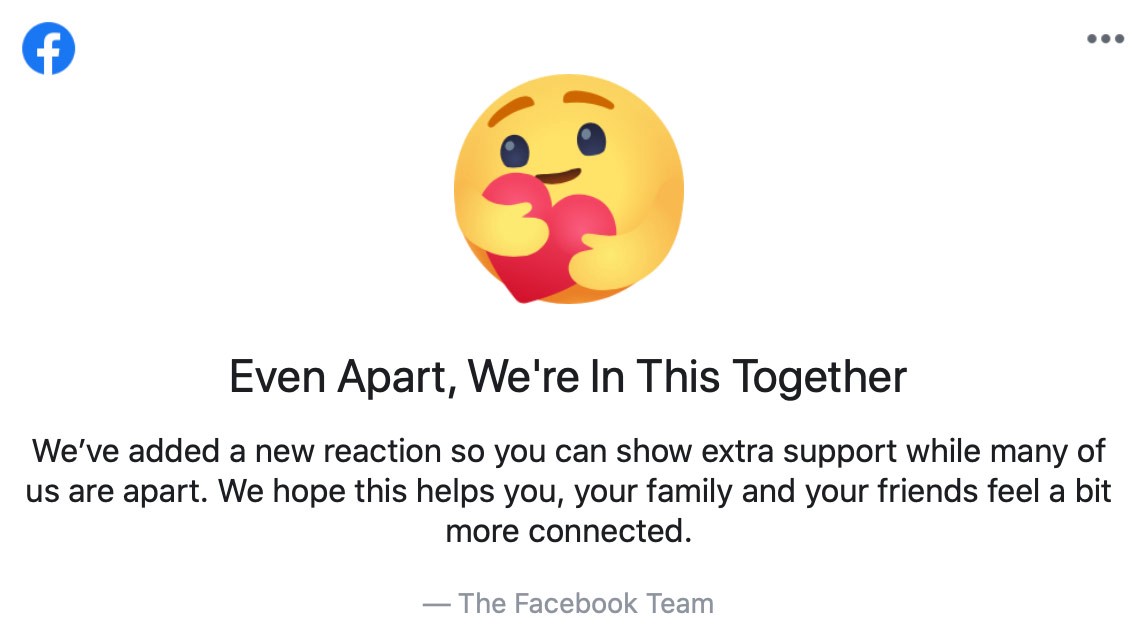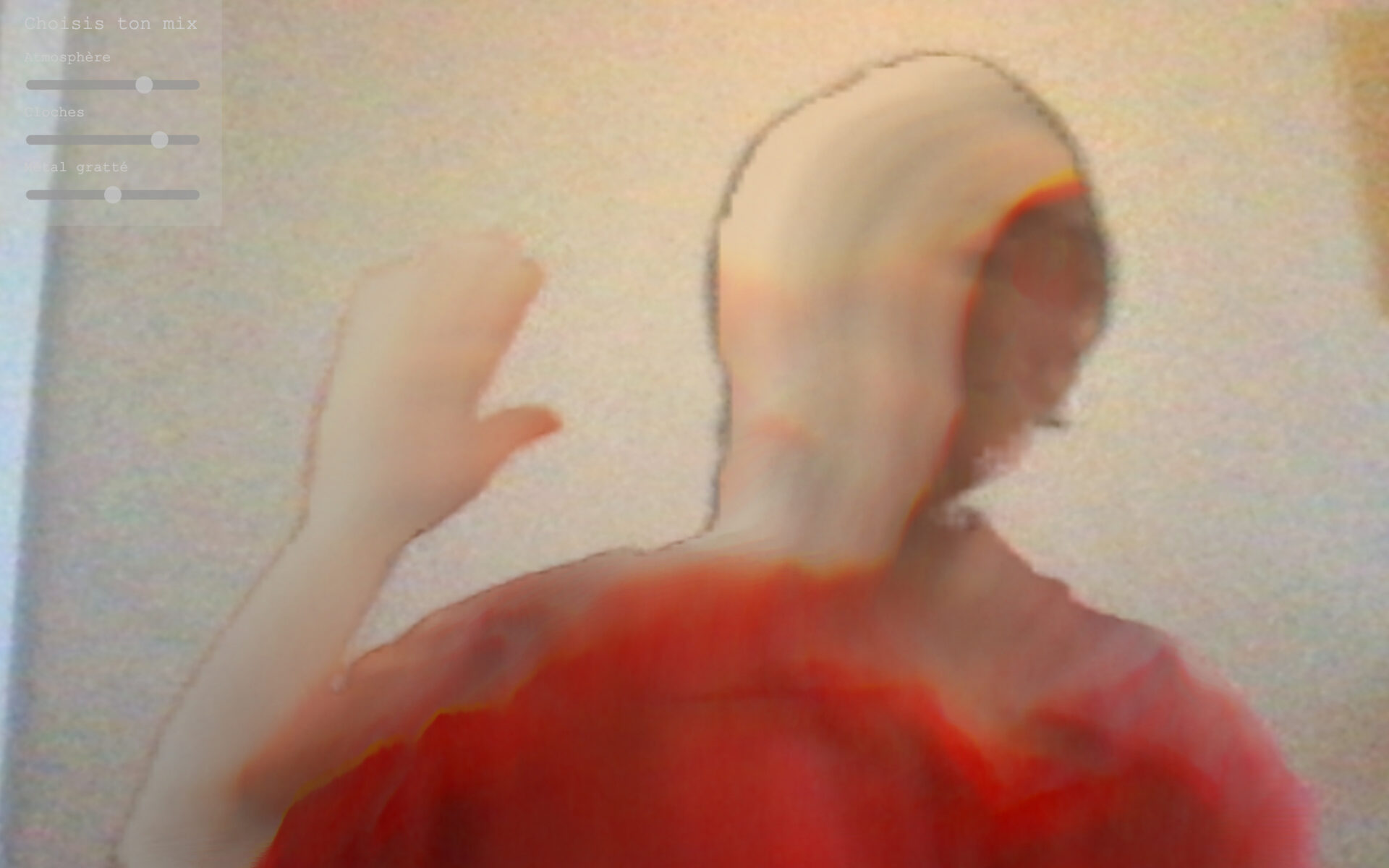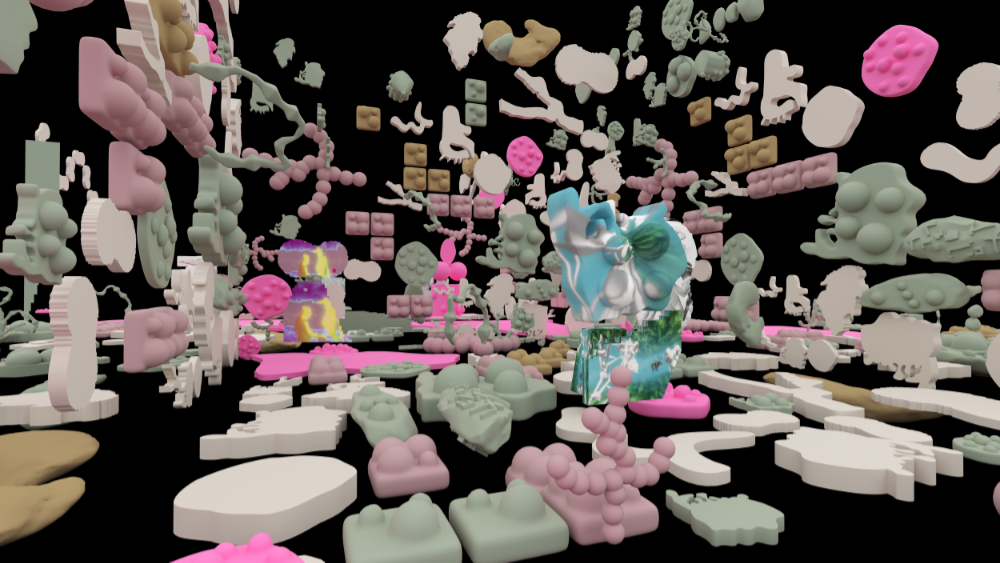Beyond its conceptual aspects, the curatorial exercise allows me to not only focus on a problematic, but also to identify the limits of my mastery. For this presents an incredible opportunity to confront some of my biases, to acknowledge my blind spots and to create a context that is conducive to discard them and to learn from people concerned by the subject in question.
The concepts of limits, and care and recognition thus prove to be matters worth raising in the development of an artistic or curatorial proposition such as I envision it. For example, the conceptual guideposts established by the artist who is involved in an exhibition must be considered in the discursive unfolding pertaining to his or her work.It seems to just as crucial to ensure that special care is taken in the exchanges with the artist and in the development of specific dissemination circumstances adapted to his or her proposal. The same applies to the recognition of one’s biases and the position from which certain issues become legitimate for us, a position that is, in my view, indispensable. Approached from various angles in an unending back-and-forth cycle, these notions allow me to question my intentions. In fact, they contribute to defining the means to be taken and the resources to be made available to the artists and the public so as to translate a conceptual premise into an exchange platform. Even more than that, thinking about boundaries, care and recognition informs my desire to create a communal device that is rooted in the context in which it is deployed, that becomes embedded over time, and in so doing, cultivates the social bond.
I thus view my artistic and curatorial practice as a constructive and concrete political stance in a productivist society. It is about an attempt to deflect attention in this context and to propose a timeout – or at least a certain distance.
